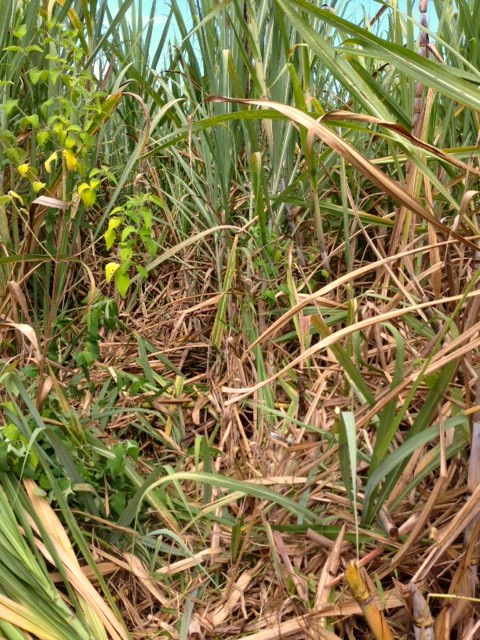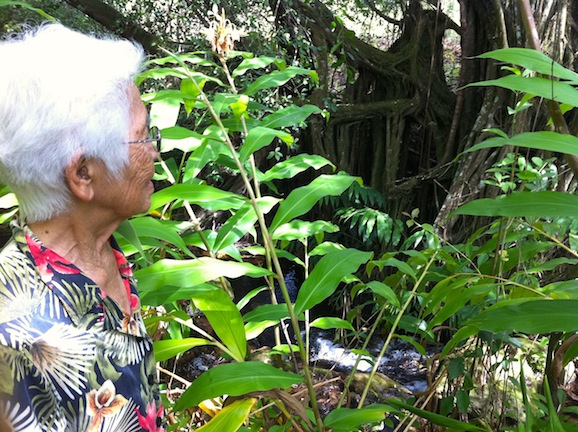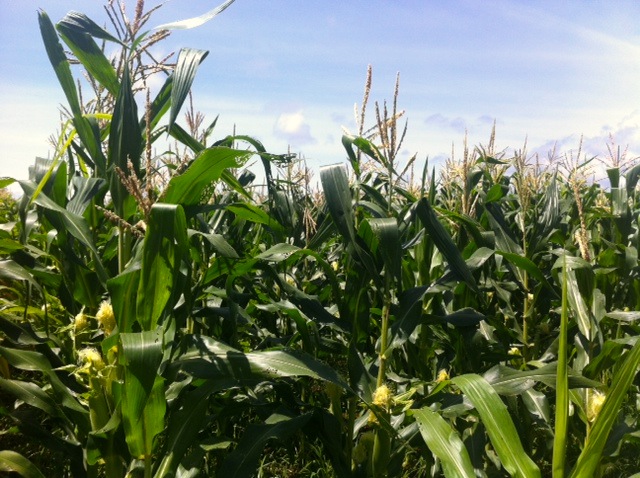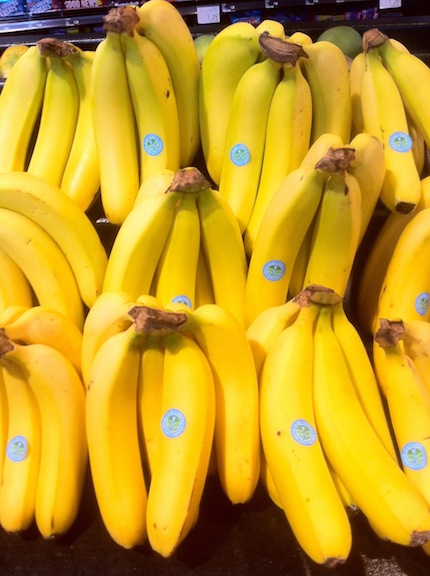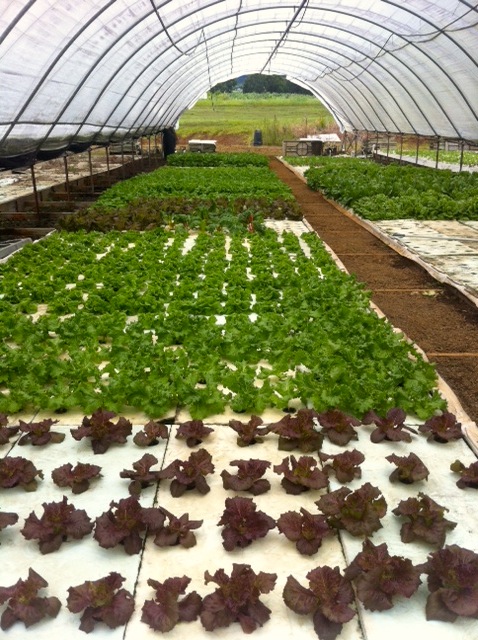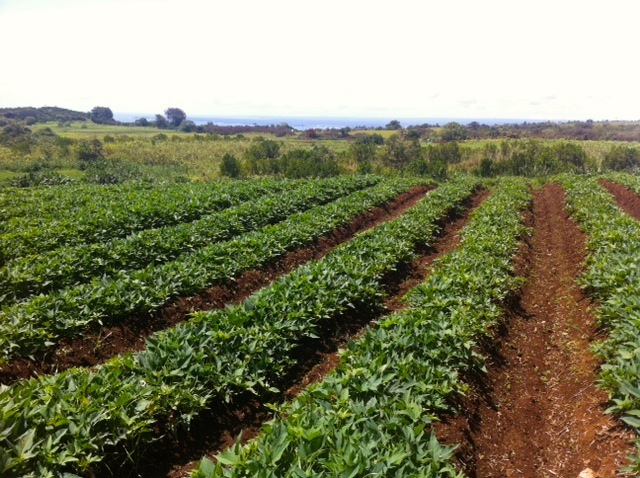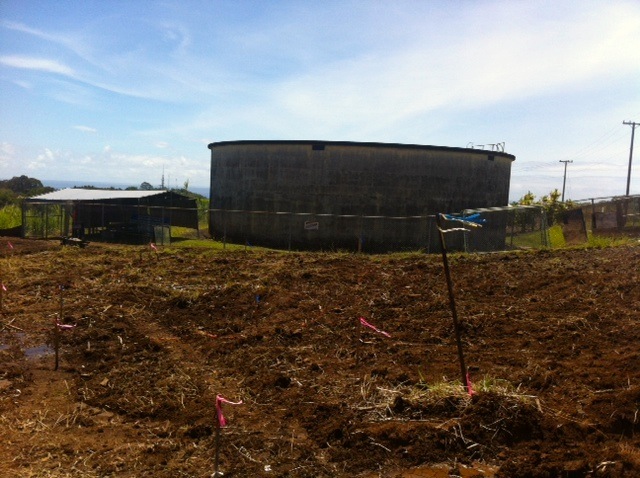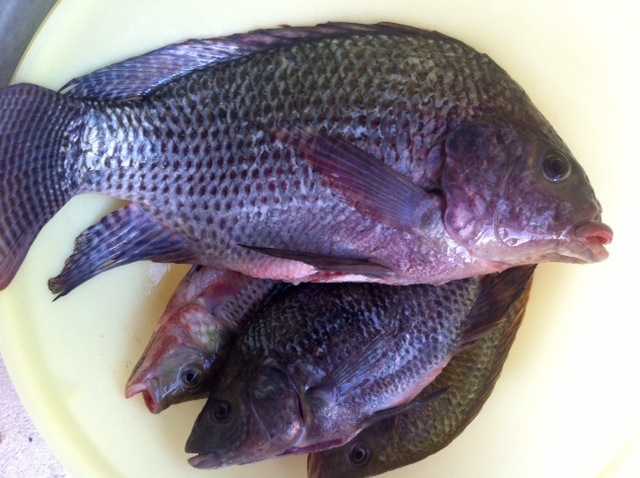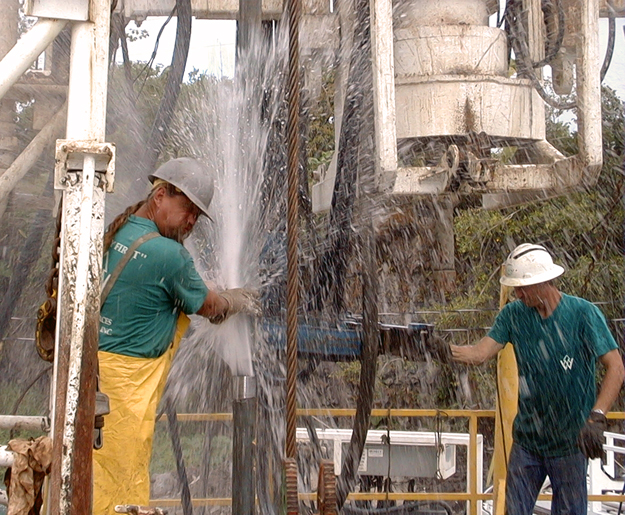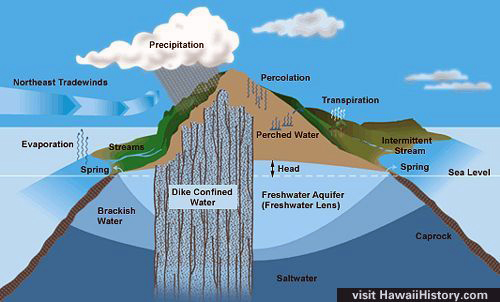Richard Ha writes:
We have so much water flowing to our new hydroelectric system. On average, more than two billion gallons of rain falls out of the sky and onto our farm each year.
We have one area with four acres of overgrown cane so thick you cannot touch the ground unless you hack your way through. The plantations put in a culvert there, at the lowest part of that field, and periodically a significant amount of water flows there.
There is the sound of rushing water coming from somewhere in this patch of cane. This happens every time it rains upslope.
There’s no water flowing at the top of that field, where we have bananas planted. The water is coming from somewhere within that overgrown cane, and we notice that the more rain we have upslope, the louder the sound of the water.
But I just hacked my way 20 feet into that top part of the parcel and I heard the sound of water there, too. I’ll find out what that is in a few days.
I wonder what that looks like? What can we use this land for?
I plan to plant bamboo to line the south side of the water source, which will throw a shadow on the stream and help us access the water.

